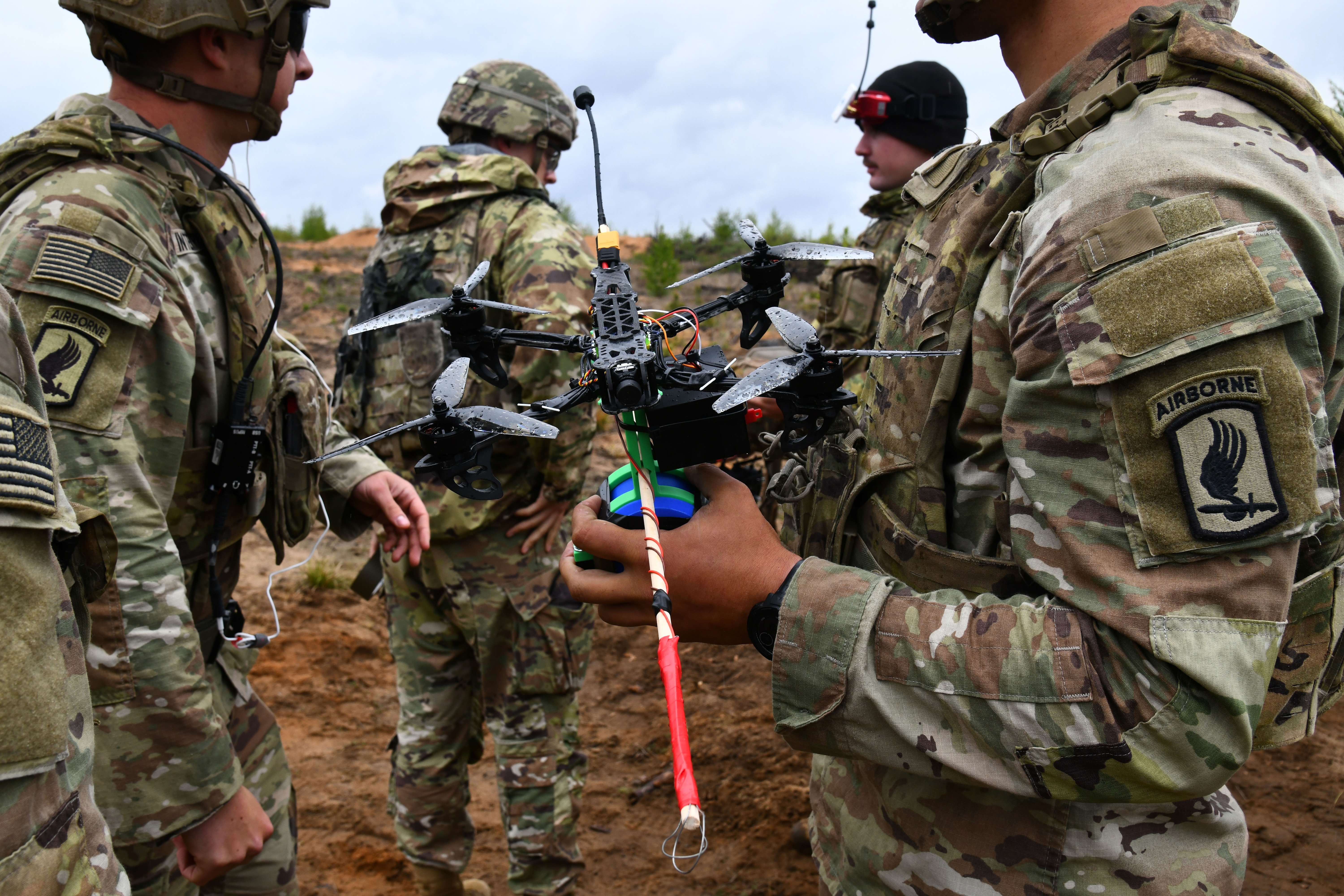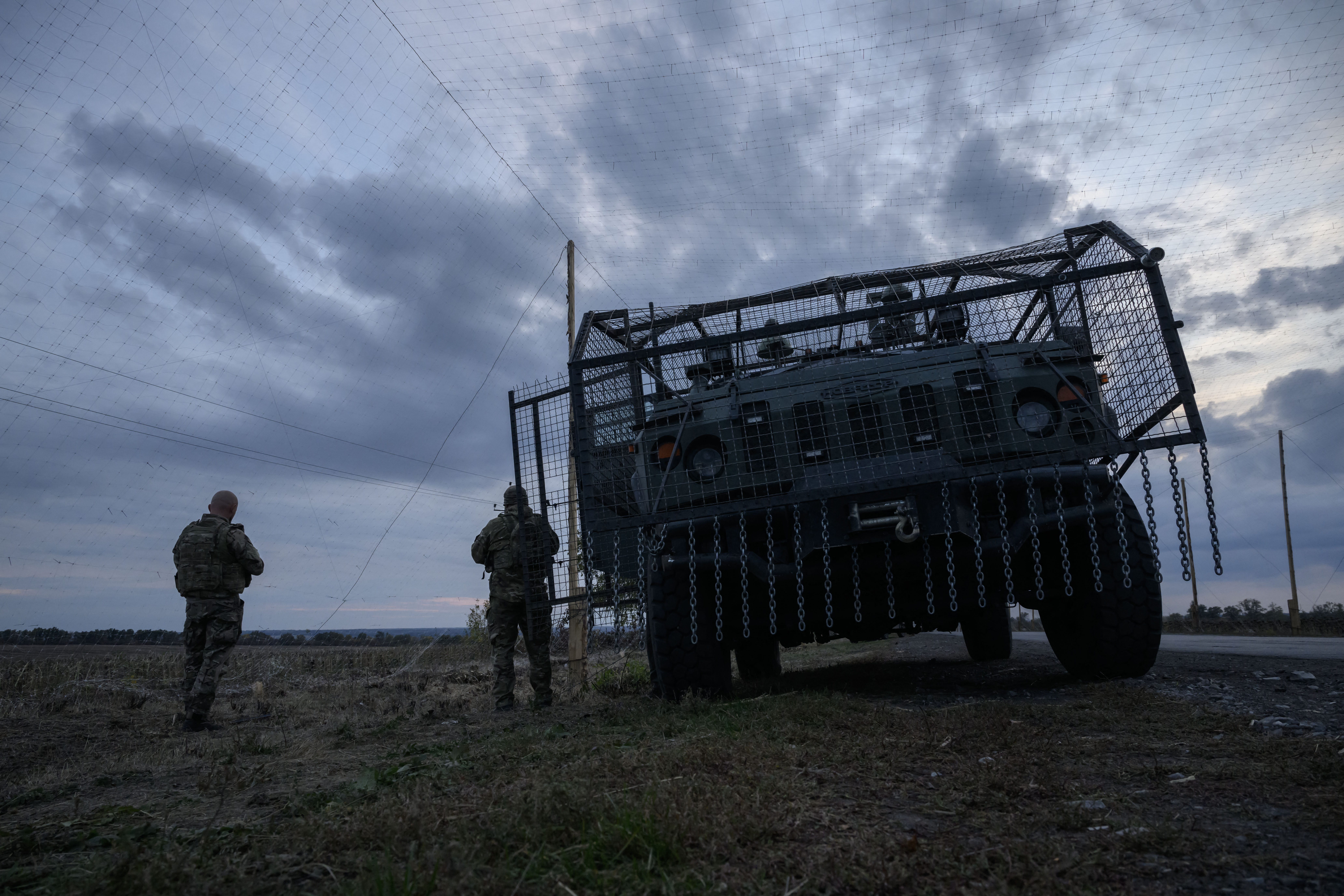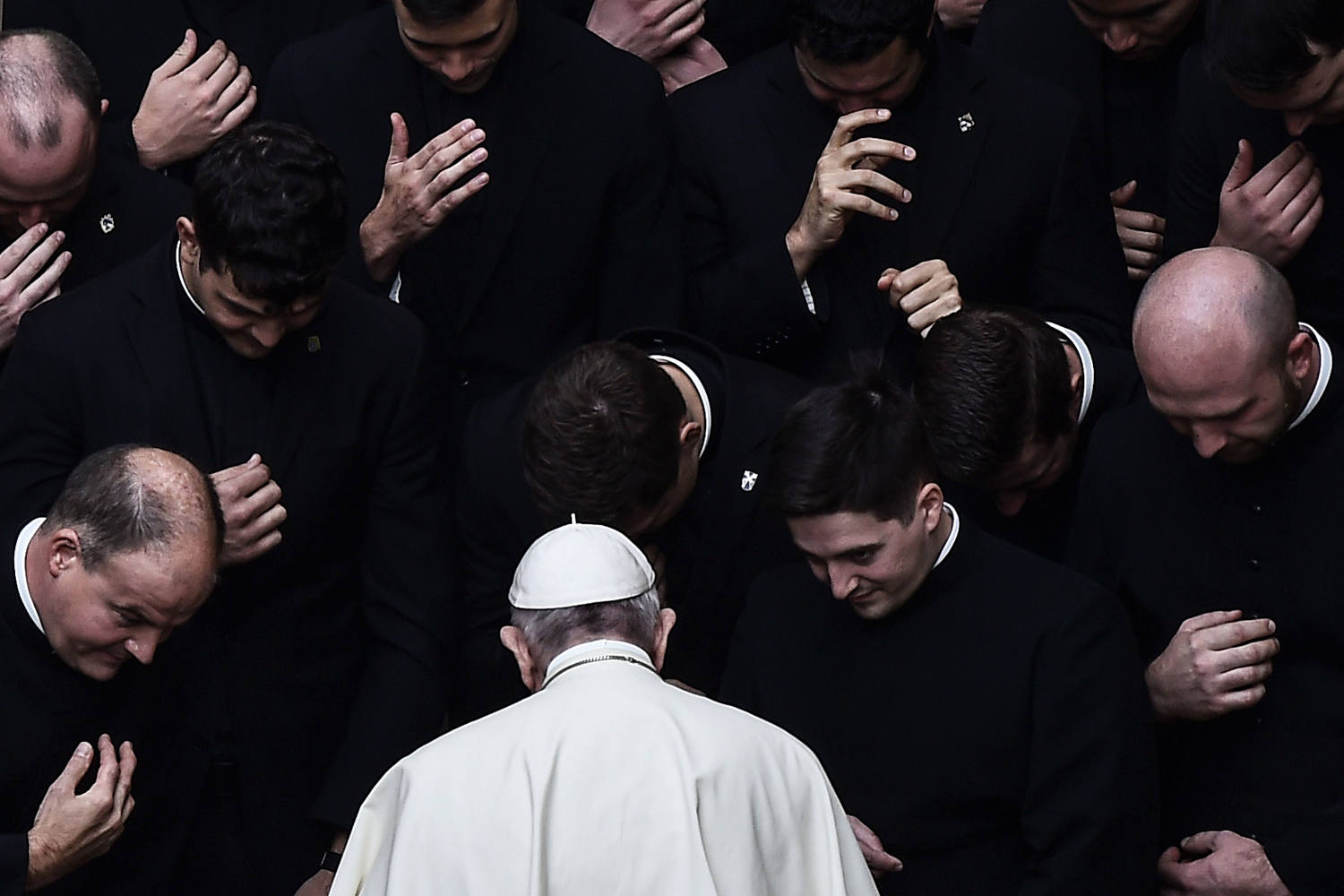The AEF ‘lost’ his MOH paperwork. It took nearly 70 years to correct.
With half his troops down, Cpl. Freddie Stowers led the rest.

Out of a hailstorm of machine gun fire and heavy shelling, Pvt. Burton Holmes returned, badly wounded, to the 371st Infantry Regiment’s command post. His unit had been set up, lured out onto Hill 188 by the false promise of surrender, leaving them vulnerable to the surprise attack from the Germans.
But Holmes returned only because his automatic rifle was out of commission. He refused to be taken to the hospital for treatment. Instead, he got a reserve automatic rifle and rejoined the fight, firing upon the enemy until he died.
His try-or-die attitude was shared by all of Company C. His fellow soldier, Cpl. Freddie Stowers, continued to crawl ahead after being mortally wounded. He, too, died under fire, while encouraging the unit to advance.
For their actions in the Battle of Hill 188, on Sept. 28, 1918, both Holmes and Stowers were recommended for the Medal of Honor.
Only Stowers, however, would receive the receive the nation’s highest military honor — 73 years after the soldier’s death.
Born on Jan. 12, 1896, in Sandy Springs, South Carolina, Stowers, the grandson of a slave, was working as a farm hand when America declared war on Germany and he was drafted into the Army at Williamston, S.C. on Oct. 4, 1917.
After training at Camp Jackson, in April 1918 he was assigned to Company C, 1st Battalion, 371st Infantry Regiment, 93rd Division, American Expeditionary Forces and shipped off to France.
Organized at Camp Jackson, the 371st Infantry was one of four segregated Black regiments slated for France, of which one, the 369th, was relatively experienced. The 371st, in contrast, was made up of draftees, mostly from South Carolina, but reinforced with soldiers from Florida, Georgia, North Carolina, Maryland and Pennsylvania.
Although combined on paper as the 93rd Division (Provisional), the 371st was confined by the AEF for auxiliary and labor roles behind the lines. That state of affairs changed, however, when the French army, in dire need of reinforcements at a critical turning point of the war, requested — and received — Black units.
Among those French units in need was the 157th Division (“Red Hand”) under Gen. Mariano Goybet, which had been decimated at Chemin-des-Dames in May. On July 4 the division was reconstituted with the French 333rd Infantry Regiment and the 371st and 372nd regiments, then redeployed to the front.
By mid-September the 157th had acquired the experience necessary to hold its sector at Avocourt and Verrières, northwest of Verdun. In C Company of the 371st, Stowers had risen to corporal, in charge of half a squad.
On Sept. 26, the AEF and French launched their Meuse-Argonne campaign. On the 28th, C Company of the 371st advanced on its objective, Côte 188, a 188-meter high hill overlooking a farm near Ardeuil-et-Montfauxelles. As the Black troops made their way forward and up, a line of Germans emerged from their positions, at least one holding a white flag.
When the 371st men closed to 100 meters, however, the “surrendering” Germans suddenly dropped into the trenches and others rose to man machine guns, rifles and mortars in interlocking fields of fire. In a matter of minutes, half of the approaching 371st were cut down and the rest driven to ground.
In C Company, Cpl. Stowers took in the situation around him and discovered that his company commander and sergeant were dead and all other senior personnel were casualties —leaving him the highest grade still standing.
His response was to crawl his way upward, gathering up men left standing.
Managing to reach the first German trench line, Stowers and his men destroyed the key machine gun position and killed the defenders. Stowers then regrouped the men on hand and continued his crawl up the hill. As they approached the second trench lines, however, he was struck by a machine gun round. Even then, he continued to urge his troops forward until he finally fell dead.
By then, his leadership by example had left its mark on C Company as it overran the second line and drove the Germans from Côte 188.
Although he would go no further, Stowers inspired the 371st Infantry to further successes at Bussy Ferme, Ardeuills, Monfauxelles and Trières Ferme, albeit at a cost of 133 killed in action.
The French posthumously awarded him the Croix de Guerre and besides the Purple Heart, his commander recommended him for a Medal of Honor, but the AEF claimed it lost the paperwork somewhere along the way.
In 1990, however, the Army conducted a reappraisal of minorities whose deeds may have been underrated during World War I. As a result, on April 24, 1991, two of Stowers’ sisters, Georgina Palmer and Mary Jane Bowens, were invited to the White House to receive Stower’s overdue Medal of Honor.
Today, Stowers remains not far from where he fell, in the Meuse-Argonne American Cemetery and Memorial at Romagne-sous-Montfaucon.
What's Your Reaction?





















